HEMS Training Program: Course Structure and Curriculum
Our HEMS Training Program is designed to provide comprehensive medical emergency training for healthcare professionals, volunteers, and first responders. The course is structured over five intensive days, combining theoretical knowledge with extensive practical exercises to ensure participants are fully prepared for real-life emergency situations.
Course Schedule and Modules
Monday: National Rescuer Module – First Aid (Total: 8 hours)
This module covers essential first aid skills and introduces participants to the structure and operation of Italy’s emergency healthcare system.
Key Topics Covered:
National Healthcare System Overview – Understanding the organization of healthcare services, emergency response levels, and territorial emergency management.
Emergency Call System (112/118) – Practical simulations on how to handle emergency calls, dispatch procedures, and effective communication with control centers.
Emergency System Activation and Management – Procedures for alerting and coordinating rescue teams.
Specialized Healthcare Facilities – Overview of major trauma centers, cardiac surgery units, hyperbaric chambers, and burn treatment centers in Italy.
Injury and Trauma Management:
Understanding skeletal anatomy with detailed explanations.
Identification, differences, and treatment for dislocations, sprains, and fractures.
Identification and management of thoracic and abdominal injuries with practical exercises.
Environmental Emergencies:
Management of conditions caused by extreme temperatures (heat stroke, sunstroke, frostbite, and hypothermia).
Burns and Poisoning:
Treatment of burns caused by thermal, chemical, electrical, and radiation exposure.
Recognition and treatment of various types of poisoning with targeted interventions.
Wound and Bleeding Management:
Practical exercises on bandaging, tourniquet application, and managing severe bleeding.
Animal Bites and Incidents:
Treatment strategies for snake, dog, cat, and rodent bites.
Acute Emergencies:
First aid techniques for stroke, syncope, and shock.
Drowning rescue techniques and suspension trauma management.
Tuesday: BLSD/P-BLSD Module (Total: 8 hours)
This day focuses on life-saving techniques using the Basic Life Support and Defibrillation (BLSD) protocol.
Key Topics Covered:
The Chain of Survival: Detailed explanations and practical exercises for improving emergency response times and life-saving actions.
Heart Attack vs. Cardiac Arrest: Symptoms, recognition, and immediate response techniques.
Victim Assessment (A-B-C Model): Practical evaluation methods for immediate diagnosis.
CPR (Cardiac Massage): Hands-on practice on realistic mannequins to master external cardiac compression.
Recovery Positions: Safe positioning of unconscious patients while awaiting emergency services.
Emergency Call (118 Procedure): Best practices for contacting and coordinating with emergency services.
Automated External Defibrillator (AED) Use: Step-by-step instructions with practical training.
Pediatric BLSD (P-BLSD): Special procedures for managing emergencies involving infants and children.
Choking Response Techniques: Simulated exercises for removing airway obstructions in adults, children, and infants.
Wednesday: PTC-B Module – Prehospital Trauma Care (Total: 8 hours)
This module focuses on managing trauma and polytrauma patients effectively.
Key Topics Covered:
Trauma vs. Polytrauma: Recognition, assessment, and management.
Major Trauma Dynamics: Understanding injury mechanisms through case studies.
Preliminary Triage: Identifying priority patients for immediate care.
Prehospital Treatment Strategies: Effective stabilization and transportation techniques.
Healthcare Team Roles: Understanding roles and responsibilities during patient management.
Scene Assessment: Identifying risks and ensuring environmental safety during rescues.
Primary Survey (A-B-C-D-E Model): Step-by-step evaluation for immediate stabilization.
Secondary Survey: Detailed assessment including injury evaluation, medical history, immobilization techniques, and selecting the most appropriate hospital destination.
Helmet Removal Techniques: Practical training on safely managing trauma patients wearing protective headgear.
Thursday: Practical HEMS Training – Simulation Exercises (Total: 8 hours)
This day is dedicated entirely to realistic HEMS simulation exercises, including day and night scenarios.
Key Scenarios Covered:
Simulated rescue of patients with minor, moderate, and severe trauma.
Cardiac arrest scenarios with real-time response drills.
Hypothermia treatment simulations (mild, moderate, and severe).
Drowning rescue drills with stabilization techniques.
Management of patients with degenerative and progressive medical conditions.
Advanced Emergency Equipment:
Participants will train with the latest-generation emergency devices commonly used in both urban and remote rescue situations. Practical application of this equipment will be integrated throughout the training exercises for a realistic learning experience.
Friday: Practical “Mission” Simulations – In-Flight and Ground Training (Total: 8 hours)
This module involves highly realistic simulated missions designed to reflect real operational conditions in both daytime and nighttime environments.
Key Scenarios Covered:
HEMS Rescue Missions: Practical exercises focusing on advanced stabilization techniques for critically ill or injured patients during helicopter transport.
H.S.R. (Highway Safety Rescue): Roadside emergency rescue techniques for managing severe accidents.
In-Flight Clinical Anomalies: Managing patients with unstable conditions during air transport.
Emergency Hospital Selection: Decision-making scenarios for identifying the most appropriate healthcare facility for critical patients (e.g., Level II Emergency Units, trauma centers, cardiac surgery units).
In-Flight Life-Saving Procedures: Advanced skills training on vital emergency interventions during air rescue missions.
Comprehensive, Realistic, and Practical Training
All scenarios include daytime and nighttime exercises to replicate real-life operational conditions. Participants will gain hands-on experience with advanced rescue techniques, ensuring they are fully prepared to manage complex emergencies in the field.
Invest in Your Future with Our HEMS Training Program
This comprehensive training course equips participants with the skills and certifications required to manage medical emergencies in demanding environments. Whether you're a healthcare professional or a first responder, this course prepares you to respond with confidence and skill.
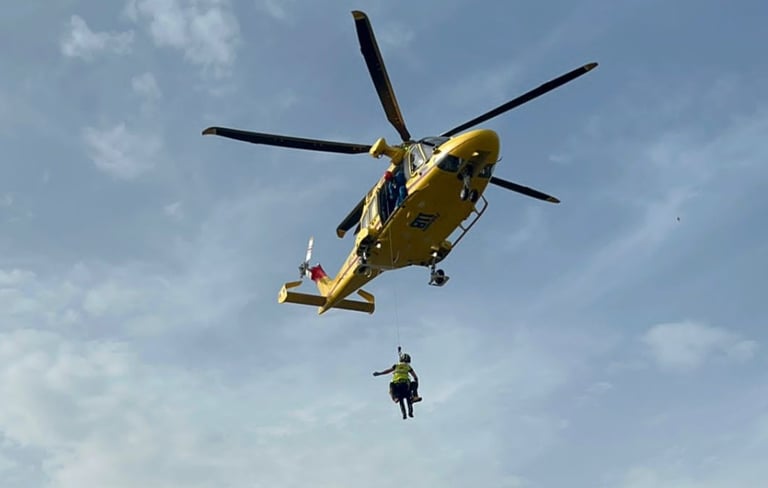

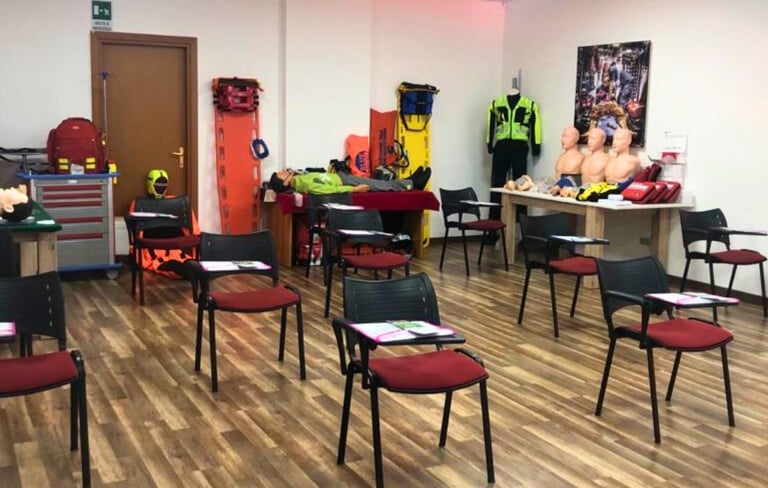



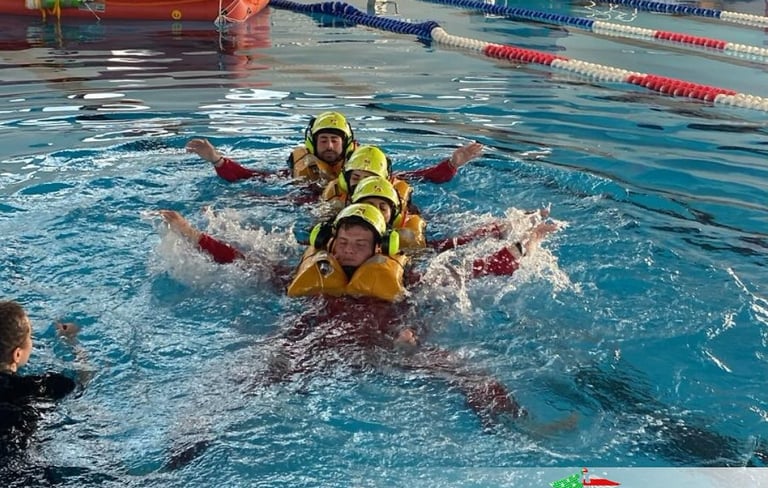


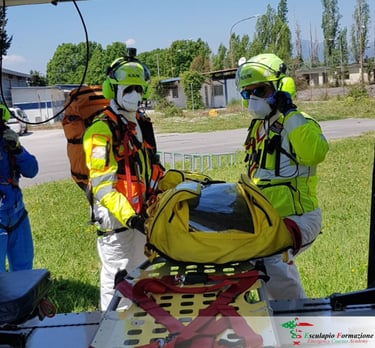
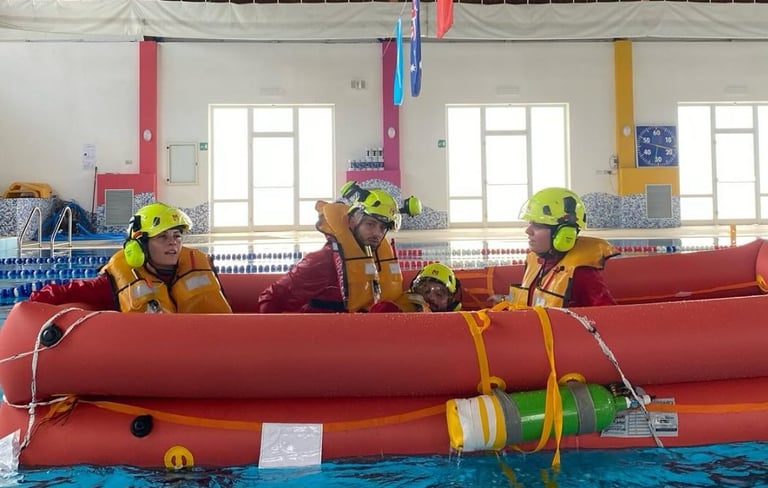

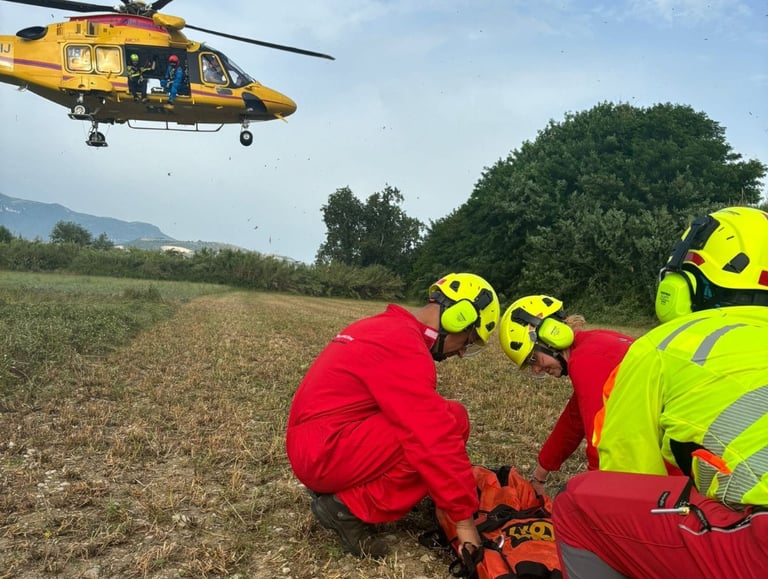

🟢 Registration Open
📅 Next session with available spots:
Specialized vehicles:
Armored cars, ambulances and helicopters.
Sales, service, spare parts and flight school.
© 2024. All rights reserved.
ERMES INC SP. Z O.O.
NIP 6751743331
Zamknięta 10, loc 1.5,
30-554 Kraków - Poland
www.ermes-inc.com
Operational Bases: Torino, Rome, La Spezia, Salerno, and Sondrio.
Our international presence extends to Switzerland, Malta, Germany, and the United States (Wyoming)
